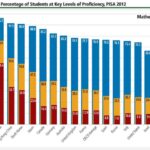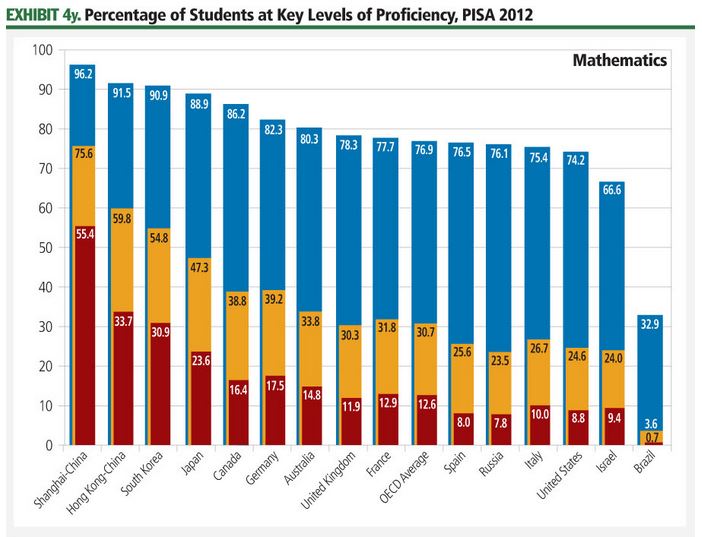China
2013 – Meteorology
Weather satellites are a major segment of remote sensing satellites. Most weather satellites are in GEO or polar LEO orbits and have traditionally been operated by national governments for near-term weather forecasting. However, austere government budgets have caused weather-focused agencies to struggle to sustain existing programs under reduced funding. Maintaining existing programs with old, albeit reliable, data acquisition capabilities potentially inhibits the development and introduction of new, higher quality instrumentation that could increase accuracy.
2013 – Chinese Spaceports
China’s new spaceport is the Wenchang Satellite Launch Center, located on the southern Chinese island of Hainan. Building the spaceport on the island offers two advantages over China’s current spaceports. As it is located on the coast, China can transport rocket stages to the site via ship and eliminate the size restrictions imposed by the need to pass through railway tunnels and bridges.
2013 – Spaceports Overview
Spaceports are the facilities where launch vehicles and their payloads are prepared and subsequently launched. Spaceports vary widely in scale. They range from the relatively austere Kodiak Launch Complex in Alaska, which typically conducts only one launch every year or two from its one pad, to a sprawling facility such as Baikonur, which covers thousands of square kilometers and conducts about one-third of all global launches per year, lifting off from more operational launch pads than are found in any other spaceport.
2013 – Additional Country Space Budgets
Around the globe, many smaller nations—whether in terms of economy or population size—are investing in space projects or programs. Exhibit 2cc shows the most recent available yearly budget for civil space activities in a number of selected emerging space states. Each of these countries tends to feature a different focus in its space investment portfolio, so care must be taken in making generalizations.
2013 – Chinese Government Space Budget
Officially, the China National Space Administration (CNSA) sets overall guidance and policy for the entire space program. However, the CNSA is not the executing agency for China’s space program, nor do many China watchers believe that it sets top-level policy direction, acting instead more as a central contact point for non-Chinese entities interested in China’s official space efforts. Space activities in the country are executed by a variety of organizations, from the Chinese Aerospace Science and Technology Corporation (CASC) and the People’s Liberation Army (PLA).
2013 – Number of First-Degrees Awarded
The number of STEM first-degree (bachelor’s equivalent) graduates in many space-relevant countries has increased in recent years. The disciplines included here are physical, biological, and computer science; engineering; and mathematics.
2013 – Demographics
Science and engineering courses offered at the secondary school level are important for preparing students to pursue STEM degrees. Not only may students with more exposure be more likely to pursue a STEM degree upon reaching university, but research suggests that they are more likely to actually complete that degree.
2013 – PISA


Trends in international primary and secondary STEM education can be compared across countries using two widely respected international exams. The Programme for International Student Assessment (PISA), carried out by the Organisation for Economic Co-operation and Development (OECD) every three years, focuses on the capabilities of 15-year-old students in mathematics and science literacy.
Earth Observation Imagery Opening Hanfus to Oil Investors
New space-based services created to assist companies and inform investors continue to emerge. Satellite information can benefit certain activities, such as commodities trading, that directly depend on raw material. In September 2013, China surpassed the United States as the world’s largest net oil importer, heralding an increased wave of oil trade investment in China. Yet while the United States releases official figures detailing net oil imports, stockpiles, and refinery figures, China is largely silent on oil consumption data.
Taikonaut Teaches 60 Million From Space Station
Space exploration and utilization activities help inspire students to pursue careers in STEM fields. All the ISS partners devote some portion of their activities on the station to educational purposes. Many other space agency programs also have an outreach component. Aside from cultivating an interest in STEM, the microgravity environment of space allows students to learn about other physical phenomena in unique ways.